Market Share Madness: Which Brands Earned a Larger Slice in 2018?

When you’re already big, it’s hard to notice much of a change in any direction. This goes as much for the human body as it does for auto sales. So it’s no surprise to see that, of the roughly 17.3 million vehicles sold in the U.S. last year, the amount claimed by the Detroit Three didn’t budge all that much from the previous year.
Combined, the three domestic giants took a 44.4 percent slice of the U.S. auto pie, which actually represents a 0.1 percent increase from a year earlier. Combine Tesla’s volume into the American fold, and the stars and stripes collected 45.1 percent of U.S. buyers, or 0.6 percent less than in 2013.
In 2018, General Motors and Ford both ceded ground to a rising Fiat Chrysler, proving that the real action occurs at a lower data level. So, which automakers earned a larger helping of your collective buying love last year?
Again, FCA is a winner here, boasting an improved market share of 12.9 percent — up nearly a full point from a year earlier thanks to an 8.5 percent sales increase. Five years earlier, FCA’s share was 11.6 percent. All credit, of course, goes to the Jeep and Ram brands. In that half decade, GM’s take of the U.S. car-buying public shrank from 18 percent to 17.1 percent. Ford’s take declined from 16.1 percent to 14.4 percent.
In the same five-year period, Japan’s take of the American market rose one percentage point, from 37.4 percent to 38.4 percent. Korean automakers made up 7.4 percent of 2018’s sales volume, down from 8.1 percent in 2013, while Europe collected 9.1 percent of U.S. buyers. That’s up a tick from 2013’s 8.8 percent.
FCA aside, market share winners in 2018 include Tesla, which scored the largest year-over-year volume increase (in terms of percentages) thanks to greatly increased output of its Model 3 sedan. Tesla claimed 0.7 percent of the market in 2018, and 1.2 percent of December auto sales. It’s really starting to make a dent.
Outside our borders, there’s little good news at the larger Japanese manufacturers. It wasn’t the best sales year for Toyota, Honda, and Nissan, but Mazda and Subaru both gained in terms of volume and market share. With an annual sales increase of 5 percent, Subaru’s take of the U.S. market rose to 3.9 percent. Mazda, with a crossover-fueled 3.7 percent sales increase, held steady at a rounded-off 1.7 percent share.
Even little Mitsubishi, freshly back from its near-death experience, earned itself additional love in 2018, with sales up 13.9 percent. While 0.7 percent of the market doesn’t sound like much, it’s better than the 0.4 percent share seen in 2013.
Another comeback kid, this one hailing from northern Europe (under the supervision of China) was Volvo Cars. Volvo sales rose 20.6 percent in 2018, pushing the Swede’s market share to 0.6 percent (up from 0.4 percent five years earlier).
Joining Volvo in the celebration was a very British (and India-supervised) Land Rover, which only has its troubled sibling Jaguar to worry about. While sales of the lower-volume cat brand fell 23 percent in 2018, Land Rover sales, energized by a relatively fresh stable of SUVs, including the new Range Rover Velar, rose 23.3 percent last year. Land Rover’s take of the American market sits at half a percent.
As for the Germans, Mercedes-Benz and Audi sank as BMW and Volkswagen rose. M-B sales fell 4.9 percent last year, the most of all automakers hailing from that country. Audi sales trailed 2017’s tally by 1.4 percent, while a resurgent Volkswagen rose 4.2 percent. Porsche also posted a sales gain of 3.2 percent in 2018. The market share for Mercedes-Benz, VW, BMW, Audi, And Porsche stands at 2.1, 2.0, 1.8, 1.3, and 0.3 percent, respectively.
[Images: Fiat Chrysler Automobiles, Subaru, Jaguar Land Rover]

More by Steph Willems
Latest Car Reviews
Read moreLatest Product Reviews
Read moreRecent Comments
- Calrson Fan Jeff - Agree with what you said. I think currently an EV pick-up could work in a commercial/fleet application. As someone on this site stated, w/current tech. battery vehicles just do not scale well. EBFlex - No one wanted to hate the Cyber Truck more than me but I can't ignore all the new technology and innovative thinking that went into it. There is a lot I like about it. GM, Ford & Ram should incorporate some it's design cues into their ICE trucks.
- Michael S6 Very confusing if the move is permanent or temporary.
- Jrhurren Worked in Detroit 18 years, live 20 minutes away. Ren Cen is a gem, but a very terrible design inside. I’m surprised GM stuck it out as long as they did there.
- Carson D I thought that this was going to be a comparison of BFGoodrich's different truck tires.
- Tassos Jong-iL North Korea is saving pokemon cards and amibos to buy GM in 10 years, we hope.

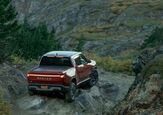
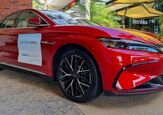
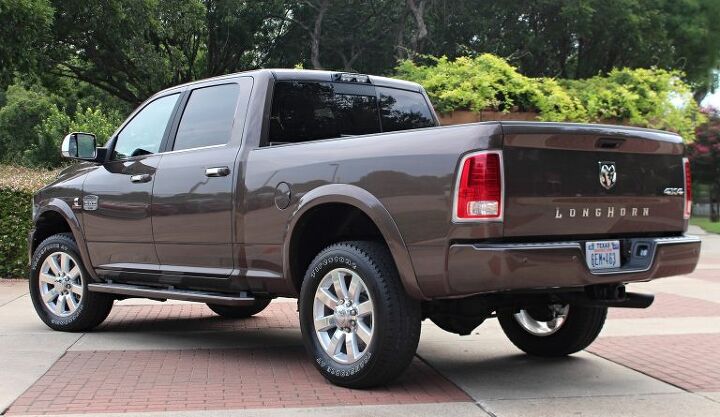








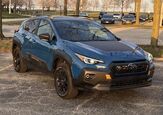








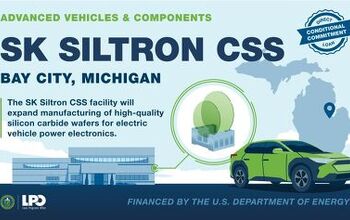
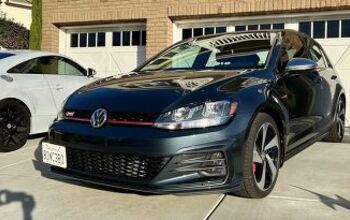
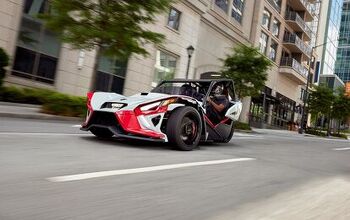
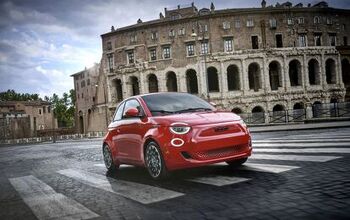
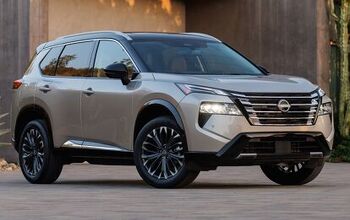

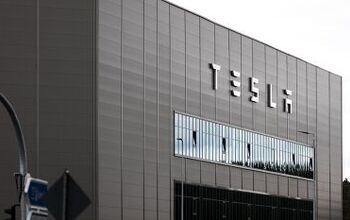

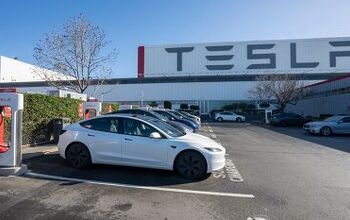
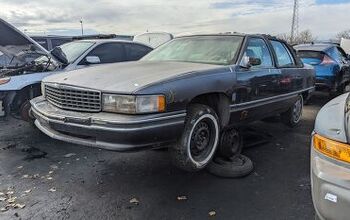

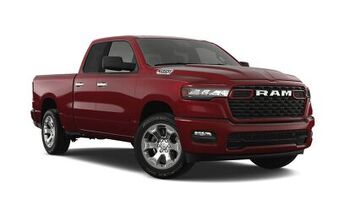
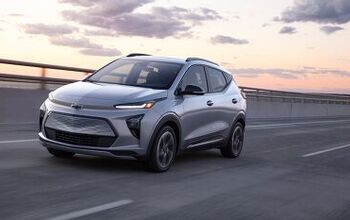
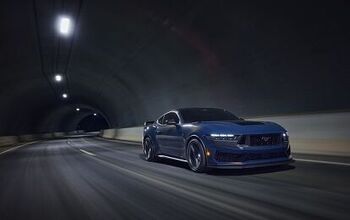
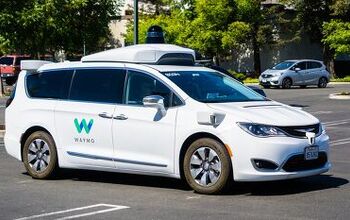
Comments
Join the conversation
"Detroit Three" is an obsolete term. Fiat owns Chrysler, sells a lot of imported product. The Japanese make a lot of product here, so aren't they as domestic as Fiat?
Jaguar is a fascinating lesson in how "just build more crossovers" is not the cure for a brand that is already sick. The F-Pace seemed to lease well, but it had that "flavor of the month" feel that the Maserati Ghibli had -- a flash in the pan of buzz, but then people got over it and moved on to the next, and those who did lease one are not likely to stay loyal to the brand next time 'round. The E-Pace is both ugly and goofy from the front end. I have only seen one here in Los Angeles (meanwhile I see tons of F-Paces, and to provide an example that is closer to the E-Pace's launch date, I have already seen 5+ Caddy XT4s around here). The I-Pace is cool but too niche to make a dent in overall numbers. I would not be surprised if Jaguar as a brand went away within the next decade.